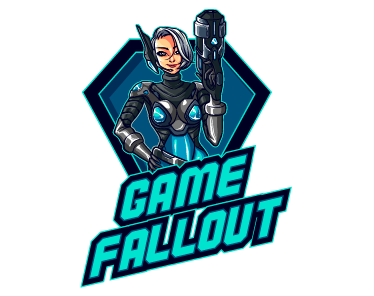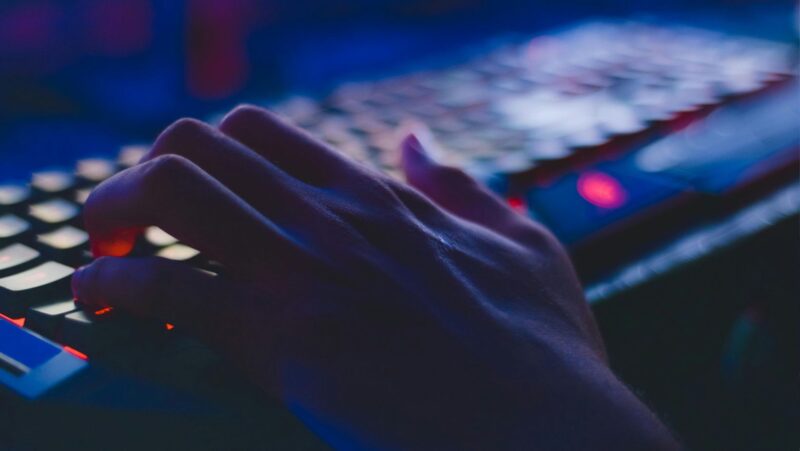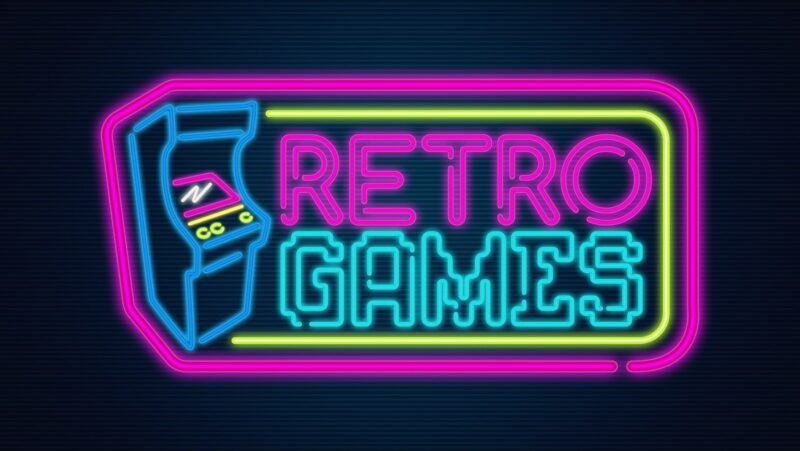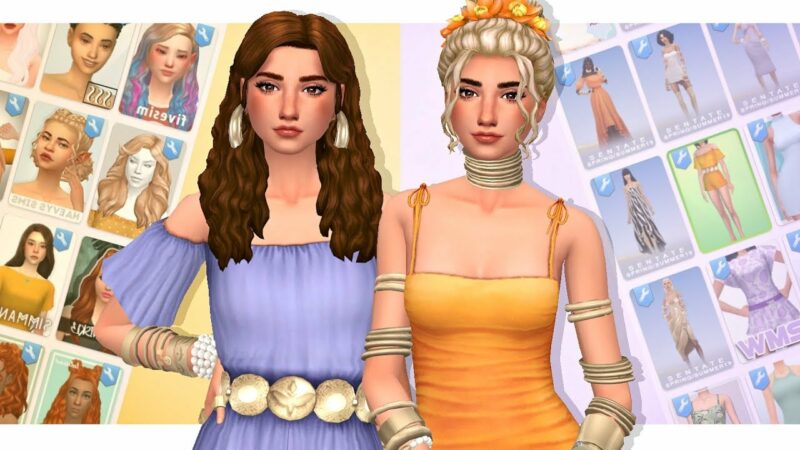
Imagine a world where you can take your favorite sword from one game and use it in another. Or where the rare NFT skin you earned in a battle royale game can be flaunted in an open-world RPG. This concept isn’t just a gamer’s dream. It’s becoming a reality thanks to blockchain technology, cryptocurrencies, and NFTs.
Crypto price fluctuations like aixbt price may be a hot topic in the financial world, but the real revolution is happening in gaming. Digital assets are no longer tied to a single game. Instead, they’re unlocking new levels of interoperability, allowing players to truly own their items and use them across multiple virtual worlds. Let’s dive into how this works and why it’s a game-changer.
The Power of Digital Ownership
Traditionally, when you buy or earn an item in a game, it stays locked within that ecosystem. If you stop playing, those digital goods become useless. But with blockchain-based digital assets, gamers gain true ownership.
NFTs (non-fungible tokens) and cryptocurrencies allow in-game assets to exist independently of a single platform. It means a sword, character skin, or even virtual land can move across different games that support the same blockchain network. This interoperability not only enhances the player experience but also creates new opportunities for developers.
How Interoperability Works
Interoperability is about creating a connected ecosystem where digital assets can function across multiple games. It happens through blockchain networks that store asset ownership and allow seamless transfers. Here’s how it works:
- Standardized Digital Assets – Developers use blockchain standards like Ethereum’s ERC-721 (for NFTs) or ERC-20 (for tokens) to ensure compatibility across different games.
- Smart Contracts – These blockchain-based agreements verify ownership and facilitate secure transactions between players and game developers.
- Cross-Game Compatibility – If multiple games adopt the same blockchain framework, an item or currency can be used in any game within that ecosystem.
For example, let’s say you earn an NFT sword in an open-world RPG. If a partnered battle royale game supports the same blockchain standard, you could equip that sword in your battle royale character’s inventory.
How Blockchain Makes It Possible
The secret sauce behind this interoperability is blockchain technology. Blockchains are decentralized ledgers that store information securely and transparently. When game developers build their worlds on the same blockchain network, they can allow assets to transfer between them seamlessly.
For example, if two different games use the Ethereum blockchain, they can recognize the same NFTs and allow players to use them in both environments. This means that a digital helmet from a fantasy game could be equipped as a sci-fi shooter if developers design their games to support such crossover features.
Benefits for Gamers
1. True Ownership
With traditional gaming, purchasing in-game items is more like renting. If a game shuts down, your items disappear. But with blockchain, your assets remain yours, stored securely in your wallet, and usable in other games.
2. Cross-Game Utility
Imagine playing a racing game where you unlock a rare car NFT, then being able to use that same car in an open-world driving simulator. It is the kind of seamless experience blockchain can provide.
3. Play-to-Earn Opportunities
Gamers can buy, sell, or trade their digital assets, turning gaming from a simple hobby into an investment. It also allows players to earn real-world value through in-game achievements.
Challenges of Interoperability
While the idea of a gaming multiverse is exciting, there are hurdles to overcome.
1. Technical Barriers
Different games have different mechanics, graphics, and rules. A sword in one game may be overpowered in another. Developers need to balance these assets so they remain fair across various games.
2. Adoption by Developers
For interoperability to work, game developers must collaborate. It requires shared standards, blockchain integration, and cooperation between gaming companies that may see each other as competitors.
3. Environmental and Cost Concerns
Some blockchains consume high energy and charge high transaction fees. However, newer technologies like Layer 2 solutions and eco-friendly blockchains are addressing these concerns.
The Future of the Gaming Multiverse
Despite these challenges, major players in the gaming industry are already experimenting with blockchain-based interoperability.
Companies like Ubisoft, Square Enix, and Epic Games are exploring NFT integrations. Additionally, projects like the Metaverse Standards Forum are working to create universal frameworks for digital asset compatibility.
As technology advances and more developers embrace blockchain, the dream of a fully connected gaming multiverse will become a reality. Players will enjoy greater freedom, true ownership, and exciting new experiences across multiple games.
Conclusion
The concept of a gaming multiverse is more than just hype. It’s a glimpse into the future of interactive entertainment. With digital assets moving seamlessly across games, players gain more control, developers unlock new revenue streams, and the gaming industry as a whole becomes more innovative.
So, the next time you earn a rare NFT or hear about crypto price fluctuations like aixbt price, remember: we’re not just witnessing a financial revolution. We’re stepping into a new era of gaming. And it’s going to be epic.





